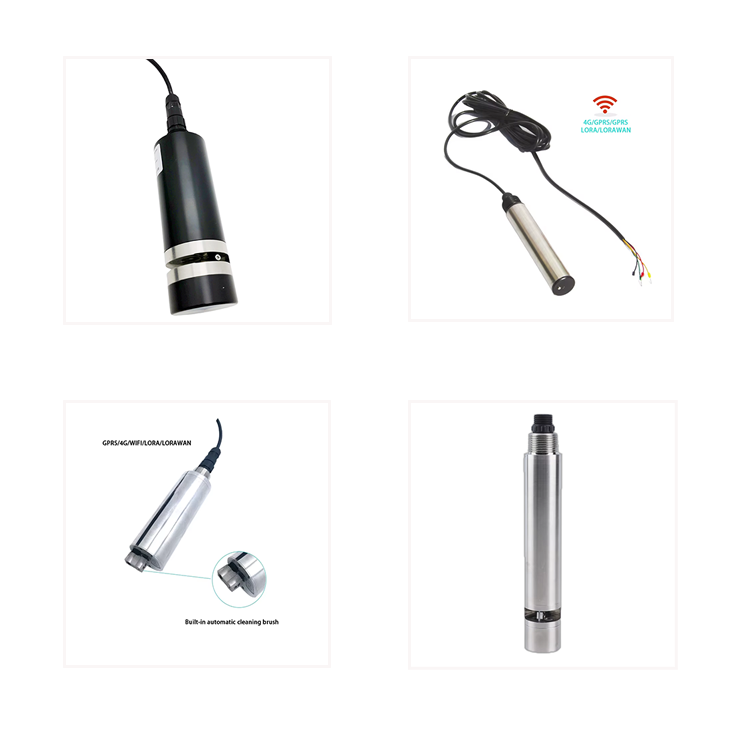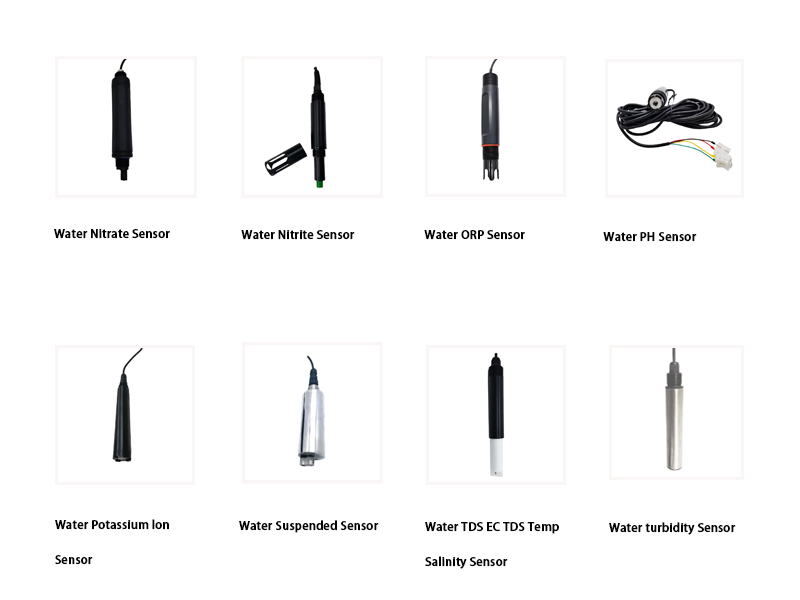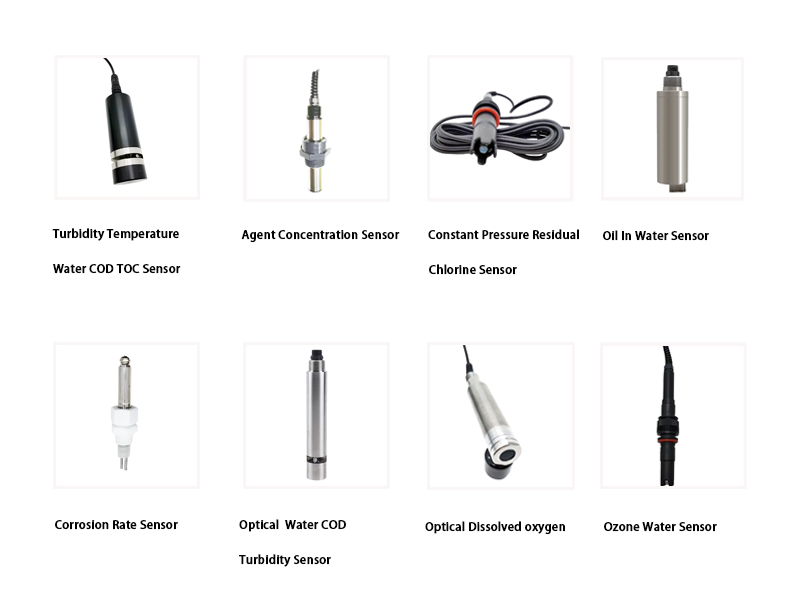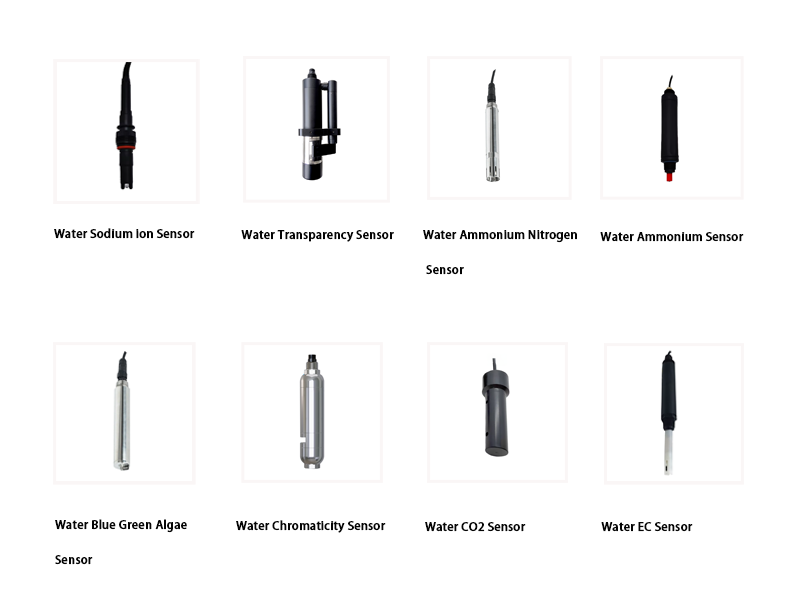TURBIDITY METER MARKET REPORT OVERVIEW
global turbidity meter market size was USD 0.41 billion in 2023 and market is projected to touch USD 0.81 billion by 2032 at CAGR 7.8% during the forecast period.
Turbidity meters are devices designed to measure the cloudiness or haziness of a liquid caused by suspended particles. They utilize light scattering principles to quantify the amount of scattered light passing through the sample. This measurement helps in assessing water quality in various settings such as drinking water treatment plants, wastewater treatment facilities, environmental monitoring stations, and industrial processes. Turbidity meters are crucial for ensuring compliance with regulatory standards, identifying contamination, monitoring filtration efficiency, and assessing the effectiveness of disinfection processes. They are available in portable, benchtop, and online configurations to cater to diverse user needs across different industries.
The growth in the turbidity meter market size can be attributed to several factors. Increasing awareness and concern regarding water quality and environmental pollution drive the demand for turbidity meters across industries. Stringent regulations and standards imposed by governments and environmental agencies mandate frequent monitoring of water clarity, boosting market growth. Additionally, expanding applications in sectors such as pharmaceuticals, food and beverage, and research laboratories contribute to the rising demand. Technological advancements, including the development of more accurate and user-friendly turbidity measurement devices, further fuel market expansion. Overall, the growing emphasis on water safety and quality control drives the increasing adoption of turbidity meters.
NITIAL SLOWDOWNS: SUPPLY CHAIN AND MANUFACTURING DISRUPTIONS
The COVID-19 pandemic has been unprecedented and staggering, with turbidity meter market experiencing higher-than-anticipated demand across all regions compared to pre-pandemic levels. The sudden rise in CAGR is attributable to the market’s growth and demand returning to pre-pandemic levels once the pandemic is over.
While the initial phase of the pandemic led to disruptions in supply chains and manufacturing operations, causing temporary slowdowns in production and distribution, the market gradually recovered as industries adapted to the new normal. The pandemic highlighted the importance of maintaining water quality and safety, driving demand for turbidity meters in sectors such as healthcare, pharmaceuticals, and municipal water treatment facilities. Moreover, increased emphasis on remote monitoring and automation solutions to minimize human contact spurred the adoption of online turbidity meters. Overall, the pandemic underscored the critical role of turbidity meters in ensuring water quality and contributed to sustained market growth.
LATEST TRENDS
“Advanced Sensor Technologies Drive Turbidity Meter Industry”
One notable trend in the turbidity meter industry is the emergence of advanced sensor technologies. Leading players are increasingly focusing on developing turbidity meters equipped with state-of-the-art sensors, such as optical sensors with improved sensitivity and accuracy. These sensors enable real-time monitoring of turbidity levels with higher precision, enhancing the reliability of water quality assessment. Additionally, there is a growing trend towards the integration of wireless connectivity features, allowing for remote data monitoring and analysis. Key players are also investing in research and development to introduce compact and portable turbidity meters suitable for field applications, catering to the needs of environmental monitoring agencies and on-site water quality testing.
Depending on turbidity meter market given are types: Portable Turbidity Meter, Benchtop Turbidity Meter. The Portable Turbidity Meter type will capture the maximum market share through 2028.
The Portable Turbidity Meter: segment is expected to dominate the market until 2028 due to its convenience and versatility. These meters are compact, lightweight, and easy to carry, making them ideal for on-site water quality testing in diverse environments such as field operations, remote locations, and temporary monitoring stations.
Benchtop Turbidity Meters: while offering high precision and accuracy, are typically larger and less portable compared to their portable counterparts. They are commonly used in laboratory settings and fixed monitoring stations where mobility is not a primary concern. These meters are favored for applications requiring meticulous analysis and consistent performance.
By Application
The market is divided into Water Quality Testing, Beverage Testing & Others based on application. The global turbidity meter market players in cover segment like Water Quality Testing will dominate the market share during 2022-2028.
Water Quality Testing: In the Water Quality Testing segment, turbidity meters are extensively utilized across industries such as municipal water treatment plants, environmental monitoring agencies, and industrial facilities to assess the clarity and purity of water. The stringent regulatory requirements and increasing emphasis on water safety drive the demand for turbidity meters in this segment.
Beverage Testing: Beverage Testing involves the use of turbidity meters to measure the clarity and quality of beverages such as beer, wine, and soft drinks. These meters ensure that beverages meet quality standards by detecting suspended particles and colloidal matter that may affect taste, appearance, and shelf life. While an important segment, it typically commands a smaller market share compared to water quality testing due to the specific application scope.
Others: The “Others” segment encompasses various niche applications of turbidity meters beyond water and beverage testing, including pharmaceutical manufacturing, research laboratories, and industrial processes. Although these applications may not dominate the market share individually, they contribute to the overall demand for turbidity meters by addressing specific industry requirements and quality control standards.
DRIVING FACTORS “Regulatory Scrutiny Boosts Turbidity Meter Market Development” One driving factor propelling the turbidity meter market growth is increasing regulatory scrutiny and standards pertaining to water quality. Governments worldwide are imposing stringent regulations to ensure the safety and purity of drinking water, necessitating frequent monitoring and assessment of turbidity levels. Environmental agencies also mandate monitoring of wastewater discharge to prevent pollution and protect aquatic ecosystems. As a result, industries such as water treatment, environmental monitoring, and municipal services are investing in turbidity meters to comply with regulatory requirements and maintain water quality standards, thus driving the market growth for this essential technology.
“Environmental Sustainability Drives Market Growth” Another driving factor boosting the market growth is the increasing awareness and concern about environmental sustainability. With growing public awareness about the importance of preserving natural resources and protecting ecosystems, there is heightened emphasis on monitoring and maintaining water quality. Turbidity meters play a crucial role in assessing the health of aquatic environments by detecting suspended particles and contaminants. As a result, environmental agencies, conservation organizations, and industries are investing in turbidity monitoring solutions to mitigate pollution, preserve biodiversity, and ensure the sustainability of water resources, thereby driving the market growth.
RESTRAINING FACTORS “High Initial Investment Hinders Growth” One restraining factor affecting the growth is the high initial investment required for purchasing and installing advanced turbidity monitoring systems. While these systems offer superior accuracy, reliability, and functionality, their upfront costs can be prohibitive for smaller organizations or regions with limited budgets. Additionally, ongoing maintenance, calibration, and operational expenses can further strain financial resources. As a result, cost-conscious buyers may opt for lower-cost alternatives or delay investments in turbidity monitoring solutions, thereby limiting market growth to some extent. TURBIDITY METER MARKET REGIONAL INSIGHTS “North America’s Advanced Infrastructure and Stringent Regulatory Frameworks Drive Dominance”
The market is primarily segregated into Europe, Latin America, Asia Pacific, North America and Middle East & Africa. The leading region in the market is North America, characterized by its advanced infrastructure, stringent regulatory frameworks, and high awareness regarding water quality issues. With robust investments in water treatment facilities, environmental monitoring programs, and research and development activities, North America dominates the market for turbidity meters. Additionally, increasing initiatives to upgrade aging water infrastructure and mitigate pollution further drive the demand for turbidity monitoring solutions in the region. Moreover, the presence of key market players and technological advancements contribute to North America’s prominence in the turbidity meter market share, positioning it as a leader in terms of both market share and growth potential.
We can provide turbidity sensors to measure different parameters, as shown below
At the same time, we can also provide a variety of water quality sensors to measure different parameters for your reference, welcome to consult
Post time: Nov-08-2024





